Disclosure: This article contains affiliate links. We may earn a commission from purchases at no extra cost to you, which helps our travel content.
Let me tell you something – when your job involves constant trips to Milan and Paris, you start craving experiences that feel genuinely untouched. That's exactly what drew me to Koprivshtitsa, a place where Bulgaria's revolutionary spirit still echoes through cobblestone streets and vibrant merchant houses. This town isn't on most travelers' radars, which makes it absolute gold for those of us who appreciate craftsmanship with history. During my week there last summer, I discovered a destination where artisanal traditions haven't been watered down for tourists – they're still living, breathing practices passed through generations. From textiles that would make any fashion director swoon to architectural details that tell stories of Ottoman resistance, Koprivshtitsa delivers an authenticity that's increasingly rare in our curated Instagram world. And the best part? You can experience this cultural richness without the luxury price tag that usually accompanies such preserved heritage sites.
Navigating Koprivshtitsa: The Revival-Era Time Capsule
First things first – Koprivshtitsa requires a different approach than your typical European destination. Nestled in the Sredna Gora mountains about two hours from Sofia, this town operates on a rhythm that refuses to sync with our modern pace. And that's exactly its charm.
The moment you step onto those uneven cobblestone streets (seriously, leave the stilettos at home), you're walking through an open-air museum of Bulgarian National Revival architecture. These aren't recreations – these ornately decorated merchant houses with their bold color stories and intricate woodwork are original structures from the 19th century.
My retail buyer instincts were immediately triggered by the craftsmanship. The wooden eaves with their detailed carvings would be considered luxury custom work in today's market, yet here they're simply part of the vernacular architecture. Each house tells the story of a merchant family's prosperity and aesthetic sensibilities – much like how flagship stores on Fifth Avenue express brand identity today.
Navigating the town is intuitive once you understand its layout. The Topolnitsa River creates a natural division, with most major historical houses concentrated in the central area. I found that having a compact travel guide was invaluable for identifying architectural details I might have otherwise missed. The historical context transformed what might seem like just pretty buildings into powerful symbols of cultural identity during Ottoman rule.

💡 Pro Tips
- Start your exploration early in the morning (before 9am) to experience the town before day-trippers arrive from Sofia
- The town is compact enough to explore entirely on foot – no transportation needed once you arrive
- Visit the Tourist Information Center first for a map marking houses that aren't obvious from main streets
The Textile Treasure Hunt: Where Fashion History Lives
As someone who sources textiles professionally, Koprivshtitsa was like discovering an archive of techniques that high-end designers regularly reference without knowing their origin. The town maintains a textile tradition dating back centuries, and unlike in major cities where traditional crafts often become simplified for tourist consumption, here the complexity remains intact.
My favorite discovery was at the Lyutov House museum, where the displayed traditional Bulgarian costumes showcase embroidery work that rivals anything I've seen in luxury ateliers. The precision of the geometric patterns, the layering of techniques, and the color theory at work – it's the kind of craftsmanship that would command four-figure price tags in contemporary fashion.
But the real magic happens when you connect with local artisans. Through a recommendation from my guesthouse host, I met Ivanka, an elderly woman who still practices traditional wool dyeing using plant materials. For a modest fee, she demonstrated techniques that pre-date synthetic dyes, creating colors with a depth and character that no mass-produced textile can match.
For those interested in bringing home authentic textiles rather than souvenir-shop approximations, timing your visit around the local market (Tuesday mornings) is essential. Here, rural producers bring handwoven items that haven't been created specifically for tourists – practical pieces made for local use that carry authentic cultural DNA. I found a hand-embroidered table runner that would easily merchandise for $300+ in specialty boutiques back home, priced at just 45 leva (about $25).
To properly document these textiles (especially if you're a fellow industry professional), I'd recommend bringing a portable lightbox for capturing accurate colors and details. The lighting in many indoor spaces doesn't do justice to the intricate work.
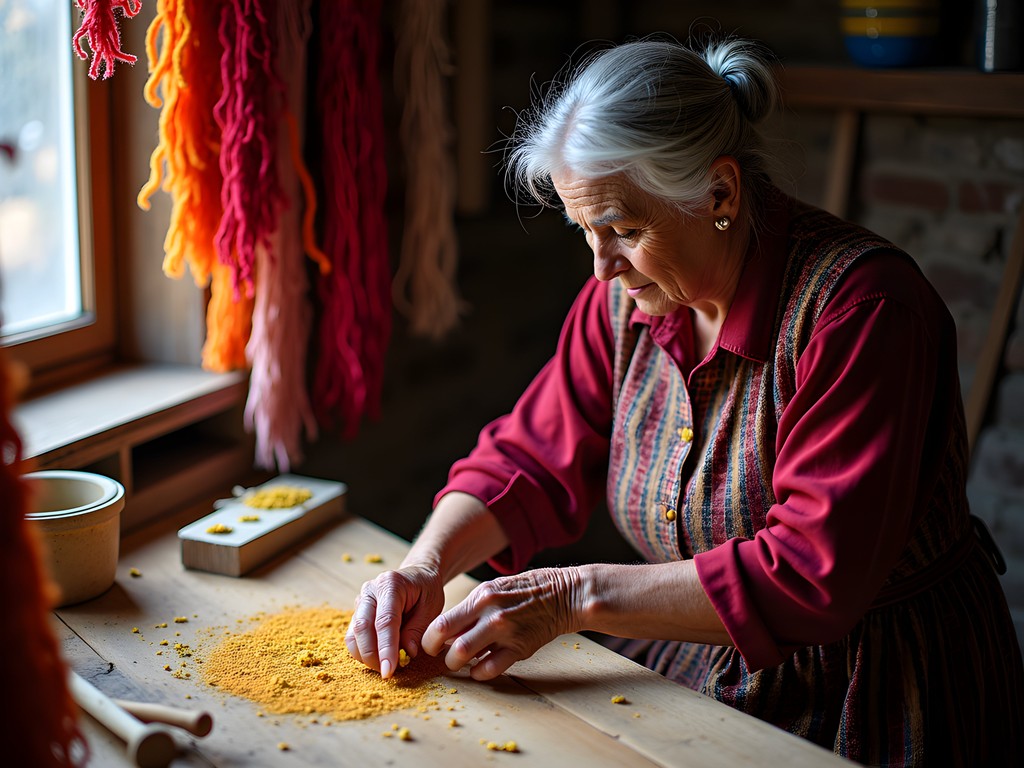
💡 Pro Tips
- Learn basic textile vocabulary in Bulgarian to connect with artisans – even simple terms show respect for their craft
- Always ask permission before photographing artisans or their work – offering to send them digital copies is appreciated
- Look for the distinctive Koprivshtitsa embroidery style featuring geometric red and black patterns on white backgrounds
Beyond Museums: Experiencing Living Heritage
Here's where Koprivshtitsa truly differentiates itself from other heritage destinations: the line between museum and everyday life blurs beautifully. While the town has six official house-museums (absolutely worth the combined ticket price of about 12 leva), the most authentic experiences happen outside these curated spaces.
Case in point: the morning ritual at Kafene Panorama. This traditional café doesn't advertise to tourists, yet it's where local elders gather daily for Turkish coffee and intense discussions. Sitting among them with my pocket translator (which became my most valuable travel tool), I caught fragments of conversations about politics, family histories, and local gossip – cultural immersion you can't schedule on an itinerary.
The town's calendar revolves around seasonal celebrations that maintain pre-Christian traditions alongside Orthodox observances. During my summer visit, I witnessed a folk festival where performers weren't presenting watered-down routines for tourists but genuinely competing for recognition among knowledgeable community members who could distinguish subtle regional variations in dance steps.
For couples looking to connect with local families, the guesthouse experience is unmatched. Unlike standard hotels, family-run guesthouses (like Guest House Panorama where I stayed) often invite visitors to join evening gatherings where homemade rakia (fruit brandy) flows freely and impromptu music sessions erupt. These aren't staged cultural shows but authentic social rituals where you're temporarily adopted into Bulgarian family life.
The key to accessing these experiences? Slow down. Koprivshtitsa rewards those who linger in doorways, accept spontaneous invitations, and express genuine curiosity. One afternoon's detour down an unmarked path led me to an elderly craftsman creating wooden vessels using techniques unchanged for centuries – no website, no Instagram, just mastery quietly preserved.
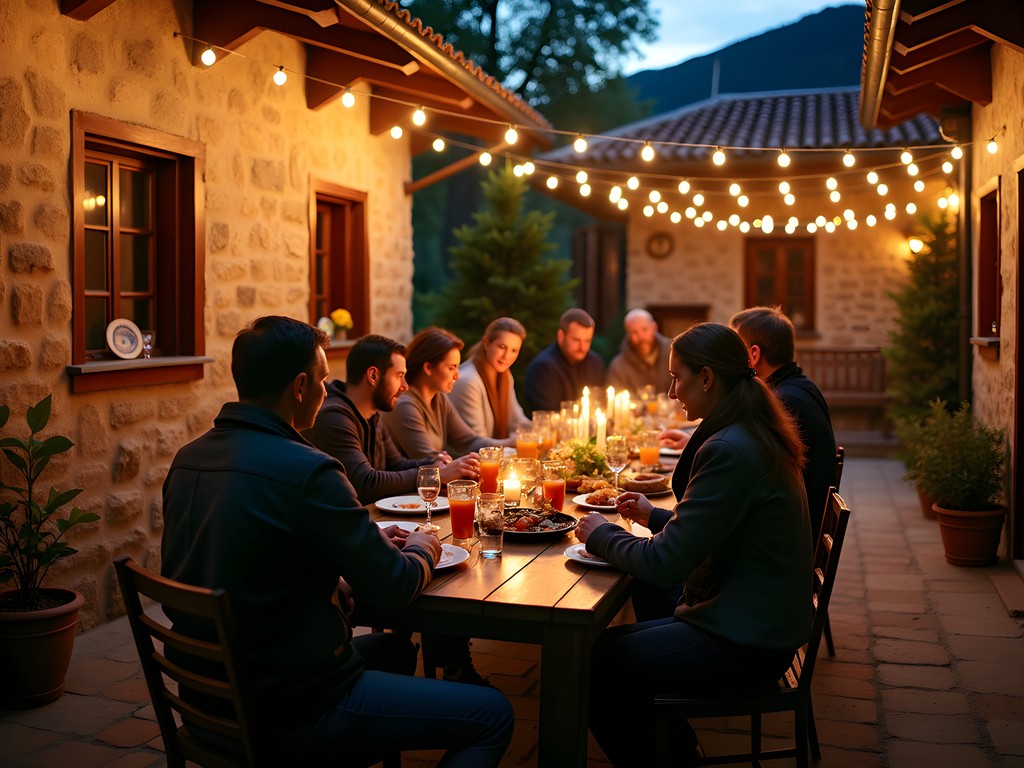
💡 Pro Tips
- Learn at least basic Bulgarian greetings – the effort is appreciated and opens doors to authentic interactions
- Accept food and drink offerings from locals when possible – refusing can be considered impolite
- Ask your guesthouse host about current local events – many aren't advertised but welcome respectful visitors
The Culinary Revival: Farm-to-Table Before It Was Trendy
If you're expecting Bulgaria's food scene to be merely an offshoot of broader Balkan cuisine, Koprivshtitsa will recalibrate your expectations. This town maintains culinary traditions that pre-date modern national boundaries, with techniques preserved through generations of home cooks rather than professional chefs.
Mechanata (literally 'the tavern') is the essential culinary experience here. These traditional restaurants serve slow-cooked stews in clay vessels that create flavor profiles impossible to achieve with modern cooking methods. At Mehana Chakova Kashta, I watched as the server broke the clay seal on my kavarma (slow-cooked meat stew), releasing aromas that told stories of agricultural cycles and seasonal adaptation.
What struck me most was how Koprivshtitsa's food economy operates on principles that trendy farm-to-table restaurants in major cities try to replicate. The connection between producer and consumer isn't a marketing concept but a practical reality. Many restaurants source directly from specific mountain shepherds or family farms, creating a transparency about provenance that's authentic rather than branded.
For couples looking for romantic dining, skip the restaurants with English menus near the main square. Instead, follow locals to places like Staroto Shkolo, where the lack of translation is more than compensated by the authenticity of dishes like kapama (layered meat and vegetables slow-cooked for hours) that rarely appear on tourist menus.
The local markets provide another window into culinary traditions. Tuesday mornings bring producers selling homemade lutenitsa (pepper and tomato spread), sheep cheese aged in specific mountain caves, and forest honey with terroir as distinct as fine wine. These aren't products developed for export or tourism – they're everyday staples elevated through traditional methods.
For those interested in Bulgarian wine beyond the commercial varieties, several guesthouses offer informal tastings of local vintages. Bulgarian winemaking predates Roman influence, and some families maintain small-batch production using indigenous grape varieties that have never gained international recognition but offer complex flavor profiles wine enthusiasts would treasure.

💡 Pro Tips
- Order the 'chef's choice' (izbor na gotvacha) at traditional mehanas for dishes not on the regular menu
- Visit the Tuesday market before 8am for the best selection of homemade food products from surrounding villages
- Most restaurants don't expect tipping, but rounding up the bill is appreciated
Budget-Friendly Luxury: The Koprivshtitsa Advantage
As someone who regularly navigates both luxury fashion capitals and budget constraints, I've developed a keen eye for value – and Koprivshtitsa offers exceptional return on investment for travelers. This is a destination where authenticity doesn't come with premium pricing.
Accommodation is the most obvious value proposition. For around 30-40 leva per night (approximately $17-23), couples can stay in family guesthouses with architectural details and craftsmanship that would command boutique hotel prices elsewhere. Many include homemade breakfast featuring local specialties like banitsa (cheese-filled pastry) and homemade yogurt that connects you to Bulgaria's famous culinary heritage.
The town's museum houses, while modestly priced individually (around 3 leva each), offer a combined ticket for about 12 leva that provides access to all six major historical homes. These aren't roped-off displays but immersive environments where you can often sit on furniture, examine textiles up close, and experience spaces as they were used historically.
For capturing the town's unique visual character, I relied heavily on my compact travel tripod to shoot in the atmospheric low light of historical interiors and during golden hour when the town's architecture glows with remarkable warmth. The investment in good photography equipment pays dividends when documenting craftsmanship details that inspire my work back home.
Perhaps the greatest luxury in Koprivshtitsa is time itself. Without the pressure to check off famous landmarks or compete with crowds, couples can enjoy the simple pleasure of wandering, discovering, and connecting. An afternoon spent beside the Topolnitsa River with locally-made cheese, bread, and a bottle of regional wine creates the kind of authentic memory that expensive tourist experiences try unsuccessfully to manufacture.
Even the souvenirs offer exceptional value when you understand what you're looking at. Hand-embroidered textiles, wooden crafts, and traditional ceramics are priced for the local market rather than tourist expectations. My best find was a hand-carved wooden box with traditional geometric patterns that would merchandise for at least $120 in a design boutique, priced at just 35 leva (about $20) because it was considered a standard craft item locally.
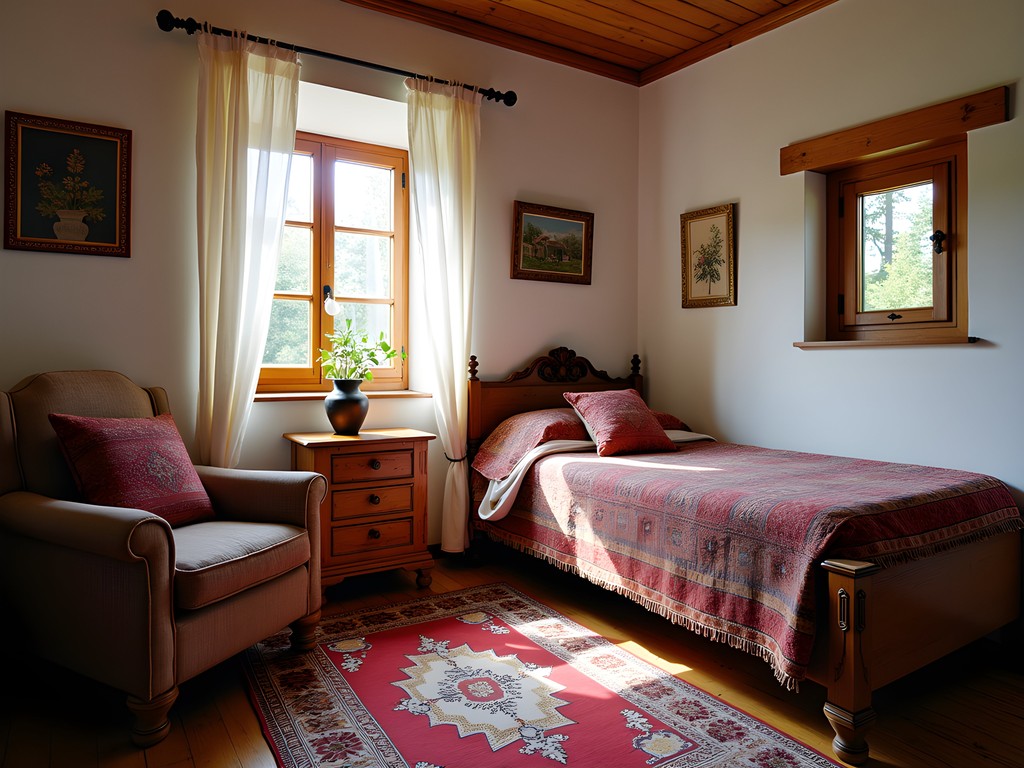
💡 Pro Tips
- Book guesthouses directly by phone rather than through booking platforms for better rates and often better rooms
- Carry cash – many smaller establishments and artisans don't accept cards, and ATMs are limited
- Consider visiting during shoulder season (May/June or September) for even better accommodation rates while still enjoying good weather
Final Thoughts
Koprivshtitsa represents what I'm always searching for as both a traveler and a retail professional – authenticity that hasn't been curated for mass consumption. In a world where 'artisanal' and 'handcrafted' have become marketing buzzwords, this Bulgarian mountain town delivers the real thing without the premium pricing. The textiles, architecture, and culinary traditions here aren't preserved as museum pieces but as living practices that continue to evolve while maintaining their cultural DNA. For couples seeking connection – both with each other and with genuine cultural experiences – Koprivshtitsa offers a rare opportunity to step outside the algorithm of popular travel destinations. The next time you're planning a European getaway and debating which Instagram-famous destination deserves your time, consider this hidden Bulgarian gem instead. The cobblestone streets and revolutionary history of Koprivshtitsa might not have the social media presence of Prague or Paris, but they offer something increasingly rare: an unfiltered glimpse into a cultural identity that remains beautifully, stubbornly intact.
✨ Key Takeaways
- Koprivshtitsa offers museum-quality craftsmanship and architecture at everyday prices
- The best experiences come through connecting with locals rather than following structured tourist activities
- The town's authentic cultural traditions remain living practices rather than performances for tourists
📋 Practical Information
Best Time to Visit
Late May through September, with July-August offering festival experiences
Budget Estimate
$30-50 per day per person including accommodation, food and activities
Recommended Duration
3-5 days minimum to experience the town's rhythm
Difficulty Level
Moderate (Hilly Terrain, Limited Transportation Options)
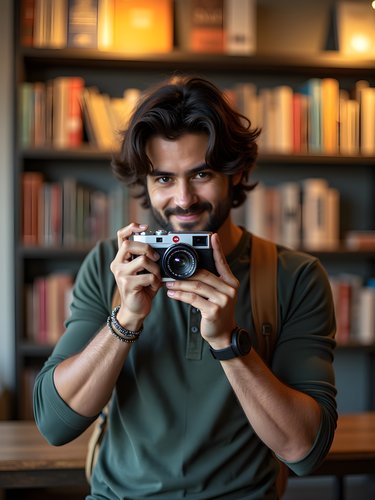


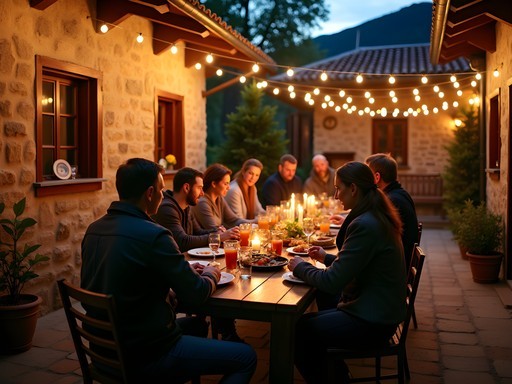
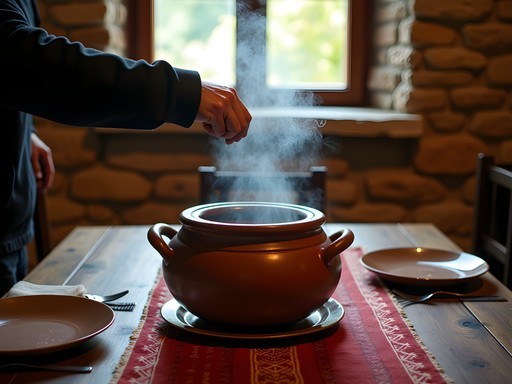
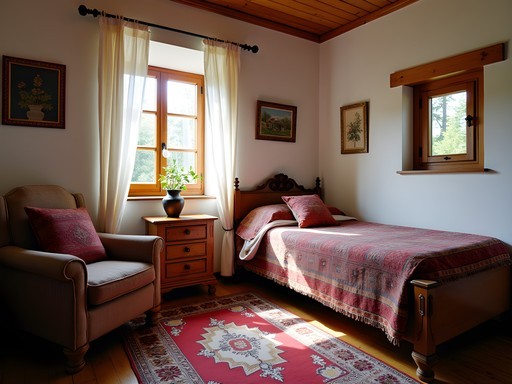








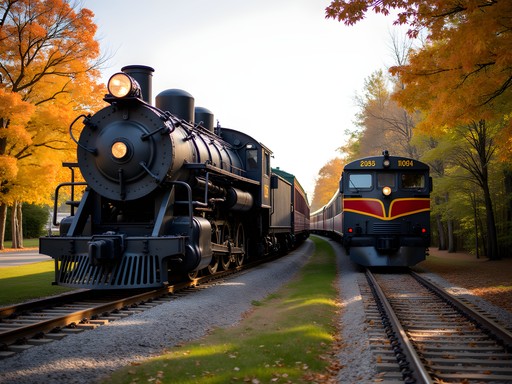
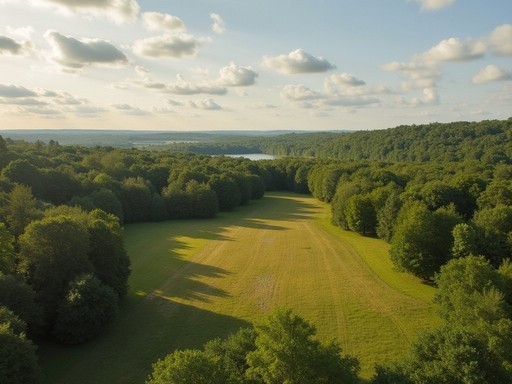
Comments
roamstar
Don't miss the house museums! Especially Lyutov House - the wood carvings are insane and the guide there (older gentleman with glasses) tells the BEST stories about the revolution. Also, try the bean soup at the little restaurant by the bridge - can't remember the name but it has blue shutters. Best meal we had in Bulgaria!
wanderqueen
Thanks for the tip about Lyutov House! Adding it to my list for when I eventually make it there. Did you find it crowded or pretty peaceful?
roamstar
Super peaceful! We went in October and sometimes had entire museums to ourselves. The town gets busy during summer festivals though.
Jean Wells
Jose's assessment of Koprivshtitsa as a living museum is precisely what makes it exceptional. Having documented traditional crafts across Eastern Europe for my blog, I found the preservation of textile techniques here particularly noteworthy. The integration of heritage crafts into daily life, rather than just museum displays, creates an immersive experience rarely found elsewhere in the region. I would recommend visiting during shoulder season (May or September) when you can observe daily life without the summer crowds. For serious cultural travelers, I suggest bringing a Bulgarian phrasebook as many older artisans speak limited English, and the connections you'll make through even basic language attempts are invaluable.
journeyking
How difficult is it to get there from Sofia? Is renting a car necessary or is public transport reliable?
Jose McDonald
Public transport is definitely doable! There are regular buses from Sofia's Central Bus Station that take about 2 hours. Just check the schedule in advance as there are only 3-4 departures daily. If you're comfortable driving in Bulgaria, a rental car gives you more flexibility to explore the surrounding mountains too.
journeyking
Thanks Jose! I'll probably stick with the bus since I'm traveling solo. Any recommendations for where to stay overnight?
Jose McDonald
I stayed at a family guesthouse called Kalina - simple but charming with home-cooked breakfast. For something more upscale, try Villa Ljubimetz. Book ahead if visiting during the folklore festival in August!
wanderqueen
Just got back from Bulgaria last month and regret missing Koprivshtitsa! We did Sofia and Plovdiv but our guide never mentioned this gem. The textile traditions sound amazing - I'm a weaver myself and would have loved seeing those techniques firsthand. Did anyone try the textile workshops Jose mentioned? Worth planning a separate trip just for this?
roamstar
I did one of the textile workshops last year! Absolutely worth it - the local artisans are so skilled and patient with beginners. I made a small wall hanging that's now my favorite souvenir.
escapeclimber
Wow! Never heard of Koprivshtitsa before but now it's on my bucket list! Those revival-era buildings look incredible!
Jean Wells
Koprivshtitsa is indeed a revelation. I visited last autumn and found the architectural preservation remarkable compared to other Eastern European heritage sites.
escapeclimber
Thanks Jean! Did you find it easy to get around without speaking Bulgarian?
Jean Wells
Language was occasionally challenging in Koprivshtitsa, but I found carrying a small phrasebook quite helpful. Many younger Bulgarians speak some English, particularly in the museums and restaurants that cater to international visitors.
Taylor Moreau
Jose, this brings back wonderful memories! I visited Koprivshtitsa last year during a business trip extension and was equally enchanted. For anyone planning a visit, I'd add that staying overnight is absolutely worth it - the town transforms after the day-trippers leave. I stayed at Guest House Bashtina Kashta and the owners treated me like family. The textile workshops you mentioned were a highlight for me too - I still use the hand-embroidered table runner I purchased as a centerpiece during dinner parties. It's a fantastic conversation starter! If you're into photography, the golden hour light on those colorful facades is simply magical. I used my travel tripod to capture some long exposures at dusk - absolutely worth carrying the extra weight.
blueone
Taylor, that guest house recommendation is exactly what I was looking for! Did you need to book in advance or can you just show up?
Taylor Moreau
I'd definitely recommend booking ahead, especially in summer. It's a small place with only 5 rooms. In shoulder season you might get lucky with walk-ins though!
photoace
Your photos are stunning! What camera did you use?
Jose McDonald
Thanks photoace! Just my trusty smartphone actually - Google Pixel with some light editing.
blueone
Those textile patterns are gorgeous! Would love to bring some home as souvenirs.
summerking
This place looks incredible! How difficult was it to get there from Sofia? I'm planning a trip to Bulgaria next spring and want to include some less touristy spots.
Jose McDonald
Hi summerking! It's about a 2-hour bus ride from Sofia. There are daily departures from the central bus station, but I'd recommend checking the schedule in advance as they're not super frequent. The journey itself is quite scenic!
summerking
Thanks for the info! Adding it to my itinerary for sure.
Marco Flores
What a gem of a post, Jose! Koprivshtitsa was a highlight of my Balkan adventure last year. For anyone planning to visit, I'd add that timing your trip around sunset is magical - the light hitting those colorful houses creates the most incredible atmosphere for photography. I spent three evenings just wandering the streets with my camera. Also, don't miss the chance to hike up to the hills surrounding the town for a panoramic view - there's a well-marked trail that takes about 40 minutes each way. The contrast between the red-roofed houses and the green mountains is stunning. One local secret: ask about homemade rakia (fruit brandy) at your guesthouse - often the owners make their own and are proud to share a small glass with guests!
wavemood
That rakia tip is gold! Had some in Serbia and it was intense but good!
Venture X
Premium card with 2X miles, $300 travel credit, Priority Pass